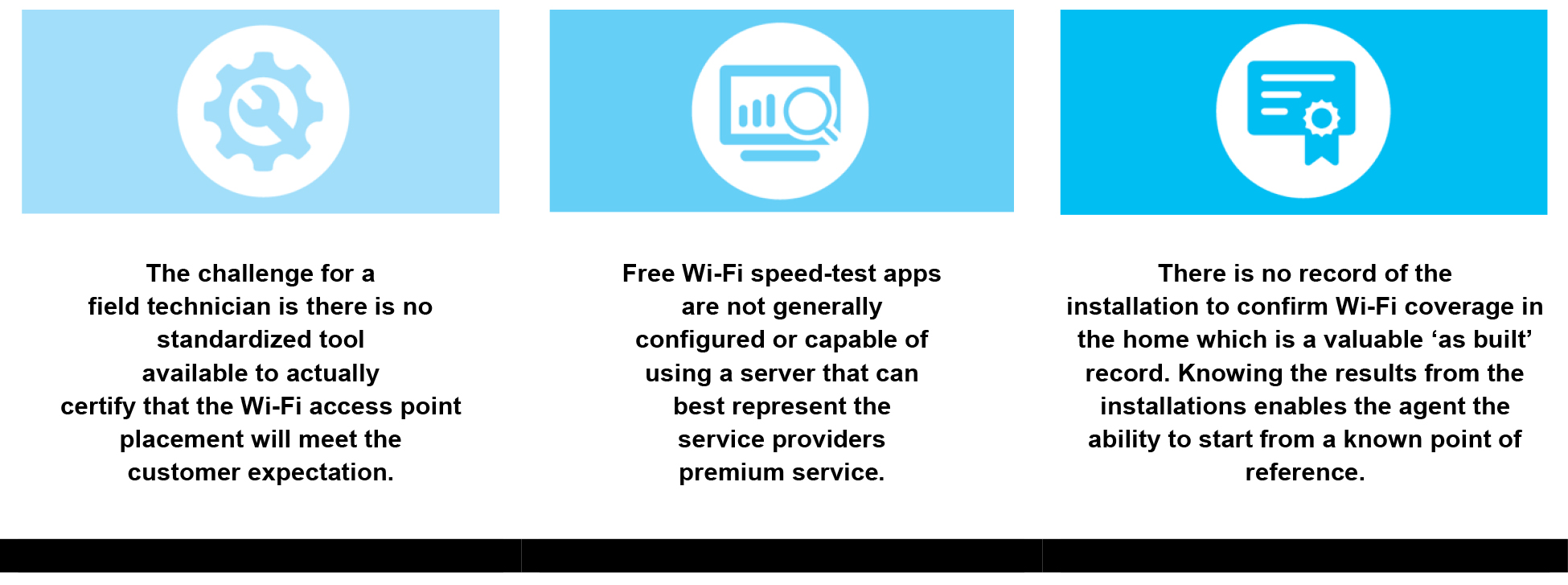Service providers I’ve spoken with recognize the need for Wi-Fi certification and performance monitoring. Arguably, so do their customers based on the stats (which I won’t quote) that demonstrate an increase in consumer-grade Wi-Fi mesh, hardware, and testing app downloads.
There are more Wi-Fi stats than I can keep track of.
One report uncovers that 43 per cent of households polled ‘claimed poor Wi-Fi connectivity restricts their life at home’ while another cites a dramatic increase in devices supported by a single in-home Wi-Fi connection. Hint: it’s an increase from 12 to 50 devices over an eight-year period.
I’m willing to bet that you don’t need my stats to feel the strain.
 These stats add up to a basic truth: demands on Wi-Fi and expectations have outrun the technology and processes needed to deliver an in-home Wi-Fi experience that meets customer expectations.
These stats add up to a basic truth: demands on Wi-Fi and expectations have outrun the technology and processes needed to deliver an in-home Wi-Fi experience that meets customer expectations.
ISPs already know they need Wi-Fi certification and performance monitoring.
Service providers I’ve spoken with recognize the need for Wi-Fi certification and performance monitoring. Arguably, so do their customers based on the stats (which I won’t quote) that demonstrate an increase in consumer-grade Wi-Fi mesh, hardware, and testing app downloads.
“Whole-home connectivity presents both a challenge and an opportunity to service providers. It is a clear pain point for the customer but it is technically difficult to solve and risks creating a huge support challenge,” explains Adrian Pennington in Digital TV Europe.
Without diving into the complexities of delivering fast, reliable and differentiated Wi-Fi, suffice to say that ISPs need a certification and performance monitoring solution that satisfies a robust set of functional requirements.

But which Wi-Fi certification and performance monitoring solution? The Pros and Cons:
Many field technicians already use the free tools such as Wi-Fi analyzers and speed-tests to assist with installation and trouble-shooting. These tools are good and provide a general snapshot in time of the Wi-Fi environment showing basic signal strength and coverage, but operators need to objectively verify their install or repair against their defined quality standards.
It feels like most solutions ask operators to trade-off on cost versus complexity and integrations. Here’s my comparison of the most common solutions used for in-home Wi-Fi:
Free Wi-Fi speed test apps:
|
Pros |
Cons |
|
|
Laptop-based Wi-Fi Software:
|
Pros |
Cons |
|
|
Hardware-based Wi-Fi Test Devices:
|
Pros |
Cons |
|
|
Wi-Fi Hardware Extenders and Wi-Fi Mesh:
|
Pros |
Cons |
|
|
Notes regarding Wi-Fi Extenders and Wi-Fi Mesh
These solutions shouldn’t be a replacement for Wi-Fi certification and performance monitoring but rather a complimentary service offering. A solid Wi-Fi certification and performance monitoring solution will assist with justification of this add-on service, as well as optimize placement and channel selection.
Five things to look for in Wi-Fi certification and performance monitoring:
-
Guided workflow for field technicians, ideally on a mobile-based app
-
Proactive network maintenance
-
Troubleshooting through remote monitoring, with alerts and ad-hoc analysis
-
Measure of signal strength, speed and interference (structural, Wi-Fi & non Wi-Fi)
-
Network visibility of the entire in-home Wi-Fi environment
To maximize a service providers’ hardware investment, we recommend giving front line technicians a tool to guide optimal access point placement, ensuring ‘first time right’ installations. For instance, our signature mobile application allows the field team to certify speeds, signal and interference levels before leaving the home.
Great Wi-Fi service assurance goes beyond installation by monitoring quality across all CPE vendors, alerting when quality of experience is impacted and advising the care team on how best to resolve the problem. A fully integrated end-to-end solution will also include assurance analytics to measure and verify performance and offer actionable insights.
Are you using an enterprise-grade Wi-Fi certification and performance monitoring solution that measures up?





